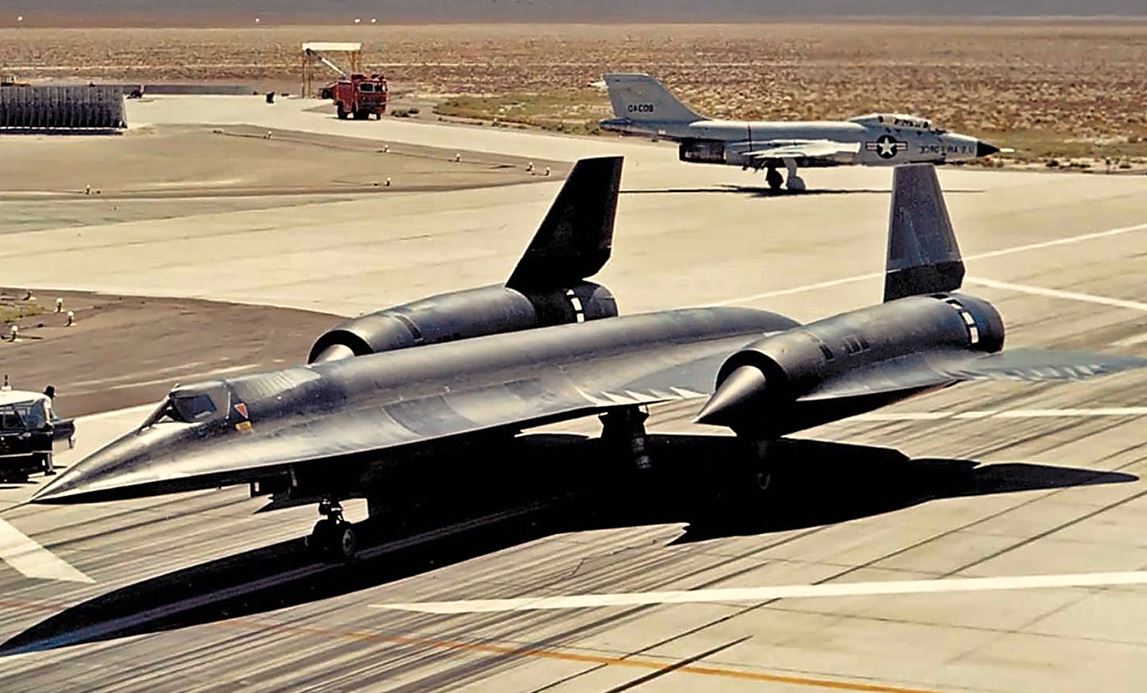 |
| Lockheed SR-71 |
Militarymedia.net - Until its first retirement in late 1989, and then two reactivations planned for the mid-1990s but following the announcement of continuing full retirement in April 1998, the SR-71 was the fastest and highest-flying conventional aircraft in the world. It is a truly outstanding machine, designed for a strategic reconnaissance role with multiple sensors including the ASARs-1 (an advanced synthetic aperture radar system) or Itek camera that can scan to the horizon on either side of the flight path, and two high-resolution pre-cameras. programmable. The Lockheed SR-71 was originally developed as a replacement for the U-2.
The 'stealth' airframe was designed for a crew of two (pilot and system operator) and minimum drag, and therefore evolved a very sleek fuselage and thin wings of a delta planform blended into the fuselage by large chines providing additional lift. , prevented. lower the nose at a higher speed, and provide additional volume for the sensor and fuel.
The fuselage is made mostly of titanium and stainless steel to withstand the high temperatures caused by air friction at a cruise speed of Mach 3+ SR-71 at an altitude of more than 21,336 m. Interestingly, the United States secretly procured titanium for these aircraft from the USSR through a third country, because the US had few titanium resources.
Power is provided by two special continuous turbojets which at high speed provide only a fraction of the motive force in the form of a direct jet thrust from the nozzle (18%), most of the power is provided by inlet suction (54%) and thrust from a dedicated outlet at the rear double flow nacelle (28%).
Nicknamed the Blackbird because of its special overall color scheme that helps dissipate heat and absorb enemy radar emissions, the SR-71 was developed via three YF-121-A interceptors who only reached the experimental stage, out of 15 A-12 (including one trainer) Mach 3.6 reconnaissance aircraft ordered. for the CIA (and, in the case of two A-12 (M), as the launch platform for the D-21 hypersonic cruise surveillance drone) and was first flown from Groom Lake in March 1962.The SR-71A entered service in 1966 and 30 aircraft were built. , while training was carried out on a conversion type consisting of one SR-71B and one similar SR-71C converted from the SR-71 standard.









